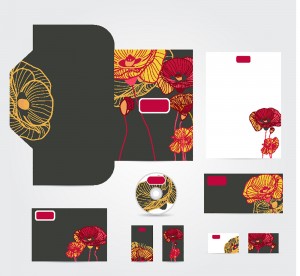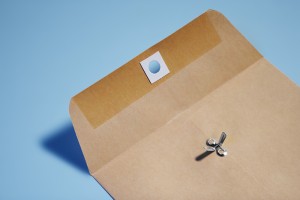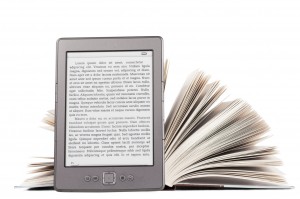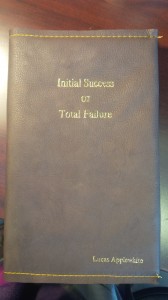One of the things that takes your book binding project to the next level are the artistic touches that a professional book binder can provide. From die cutting to foil stamping, there are a number of book binding techniques that can give your product the creative edge and appeal you’re looking for. Learn how a professional book binder can give your book binding project an artistic aesthetic in this week’s blog!
Aesthetic Book Binding Techniques
Die Cutting
Have you ever seen windows cut in the pages or dust jack of a book? This practice is known as die cutting, and its especially popular in books where the visual aesthetic is a high priority. This includes books of photography, art, and childrens books.
Foil Stamping
Looking to make your mark on a book? Foil stamping is what you need. Foil stamping is the process of embossing a stamp on a book cover or page with a foil stamp applied with heat. The stamp is slightly elevated from the surface to give it a professional look, and it’s shine is sure to catch a wandering eye.
Dust Jacket
Dust jackets are a standard cover for hardback books, but there are plenty of opportunities to be creative with one. Consider a reinforced French fold dust jacket that protects the edges of the book from fraying.
Custom Case
Don’t forget about protecting your book. To protect a special edition, consider a custom book case designed to your specifications.
Custom Handwork
For those small touches, custom handwork is a great way to finish off your project. Hand-packing and ribbon installation complete the package you worked so long to make.

Advantage Book Binding can advise you as to what kind of binding style will work best for your specific project, taking into consideration budget requirements to provide you with the most cost-effective and project-specific solution for you. Please contact us today for more information, and keep up with us on Facebook, Google +, Twitter, and LinkedIn.










